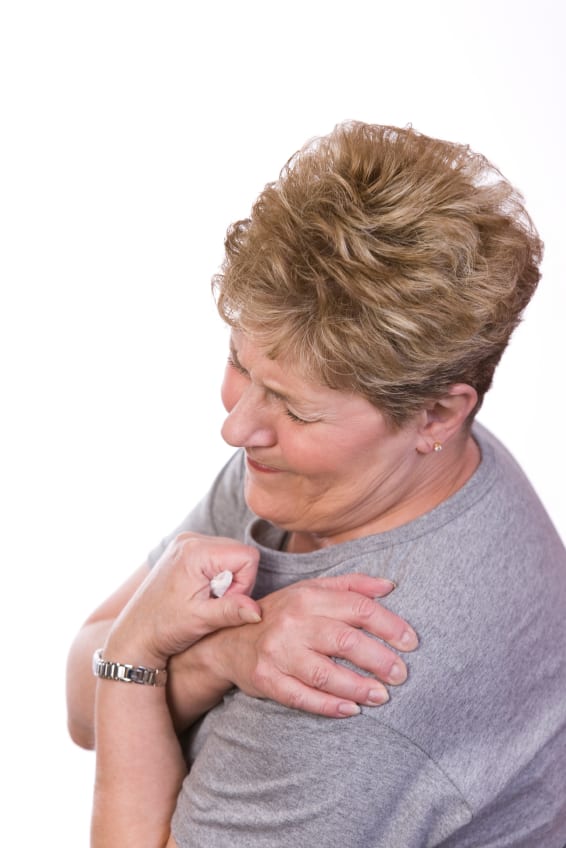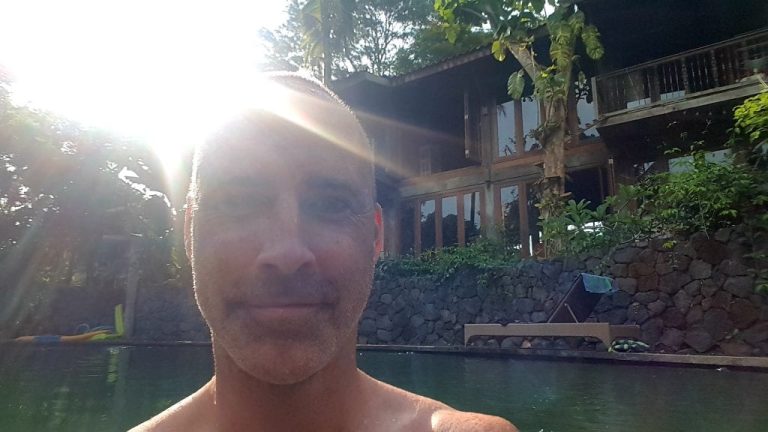Fostering Joint Longevity – From Childhood Play Through Active Adulthood
Do you want to be able to kick a ball around in the back yard when you’re 90?
We’re living longer nowadays than ever before, yet we are also facing the highest rates of metabolic and joint disease than ever before.
These two facts are not necessarily connected. It is possible to maintain healthy, functional joitns throughout the entire lifespan — if we set ourselves up well early in life.
Even then, if we didn’t have such an active childhood, we can still do things to maintain the joint health we have today, for the rest of our lives.
Our joints, whether in our knees, hips, shoulders, or elsewhere, do more than just help us bend and move. They are living, dynamic structures that respond and adapt to the stresses (or lack thereof) placed on them throughout our lives.
High quality research consistently shows that the habits children and young adults establish while growing through their youth can set the stage for robust joint health into mature adulthood—and all the way into later life.
I call this “Musculoskeletal Longevity” and it is at the deep core of my goal as a manual therapist: to help you to do what you want to do in your life.
Why Early Joint Care Matters
Growing Bones and Cartilage
In childhood and adolescence, bones are still growing, and cartilage is developing. Weight-bearing and impact exercises (think running, jumping, or swimming) assist in healthy bone density accrual and help articulate (i.e., move and align) those nascent joints. Getting the right amount of stress on these developing structures encourages them to adapt and become more resilient.
Strengthening Muscles and Neuromuscular Control
Strong, balanced muscle support around a joint ensures that stress is distributed evenly, minimising wear and tear on the cartilage. Building that stable muscular “scaffolding” around each joint from an early age sets kids up for smoother, more efficient movement patterns later on.
Pro tip: Encouraging variety—soccer, dance, martial arts, bushwalking—helps form well-rounded movement skills and can reduce overuse injuries often linked to specialisation in a single sport at a young age.
Introducing: Synovial Fluid
Every synovial joint is bathed in synovial fluid, a viscous substance containing hyaluronic acid, lubricin (proteoglycan 4), water, and dissolved nutrients. This fluid moves in and out of cartilage during compression and relaxation, delivering oxygen and glucose to chondrocytes (cartilage cells) while flushing out waste.
Regular movement in youth keeps these fluid exchanges dynamic and healthy, which in turn fosters healthy and resilient cartilage into adulthood.
Transitioning to Adulthood and Maintaining Joint Health
Moderate, Consistent Loading
Joints thrive on regular movement and light-to-moderate impact. Consider activities like running, cycling, resistance training, or even Pilates—anything that prompts cyclical loading of joint surfaces. This controlled stress maintains cartilage thickness, elasticity, and nutrient flow, without overwhelming the tissue.
Alignment and Biomechanics
By adulthood, movement patterns are relatively ingrained. However, checking in on posture and alignment (possibly with the help of a qualified coach, physiotherapist, or myotherapist) can unearth small imbalances that, if corrected, can prevent undue strain on articular surfaces.
Avoiding the Sedentary Trap
A sedentary lifestyle reduces the essential “pumping” action that drives synovial fluid in and out of the cartilage. Less nutrient exchange translates into suboptimal cartilage maintenance and can fast-track degenerative changes.
Safe Limits for Younger Athletes
- Gradual Progression: When children or teenagers start a new sport, progress slowly with both intensity and duration.
- Monitoring Load and Rest: Encourage rest days and cross-training to minimise repetitive stress.
- Listening to the Body: Pain, swelling, or ongoing discomfort deserve attention. Promptly address these issues to nip potential injuries in the bud.
Final Thoughts
From kicking a ball around the back yard as kids to regular gym sessions as adults, regular moderate activity is key to healthy, long-lasting joints.
The formative years offer a prime window of opportunity to build a strong foundation — strong bones, supportive muscle networks, and aligned movement patterns — so that by the time we reach adulthood, our joints are prepared & capable to handle the forces of an active life.
And once you have that foundation, continuing to nurture those joints with regular motion, sensible loading, and balanced activities will keep them going strong for years to come.
Fancy a kick-round?
Sources
Strong, W. B., Malina, R. M., Blimkie, C. J. R., Daniels, S. R., Dishman, R. K., Gutin, B., … Trudeau, F. (2005). Evidence based physical activity for school-age youth. The Journal of Pediatrics, 146(6), 732–737. https://doi.org/10.1016/j.jpeds.2005.01.055
van den Berg, W. B., & Bay-Jensen, A. C. (2022). Osteoarthritis year in review 2021: biology. Osteoarthritis and Cartilage, 30(2), 153–162. https://doi.org/10.1016/j.joca.2021.12.015
Zarecki, Z., & Malek, F. (2020). Mechanobiology of chondrocytes: A comprehensive review on the influence of mechanical stimuli on the articular cartilage. Frontiers in Bioengineering and Biotechnology, 8, Article 561539. https://doi.org/10.3389/fbioe.2020.561539
Note: This blog post is for educational purposes only and is not a replacement for medical advice. For personalised assessments, please consult a qualified health professional.


